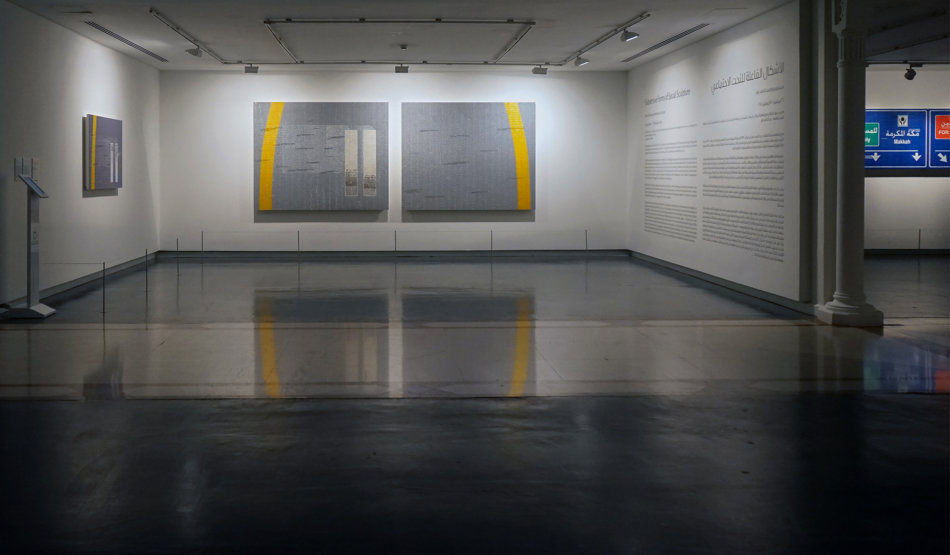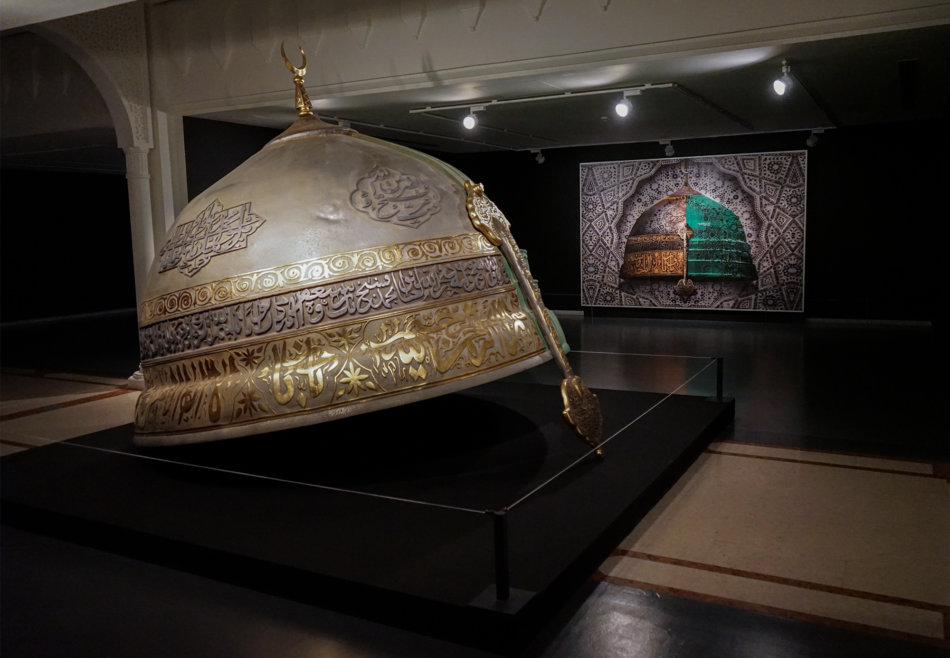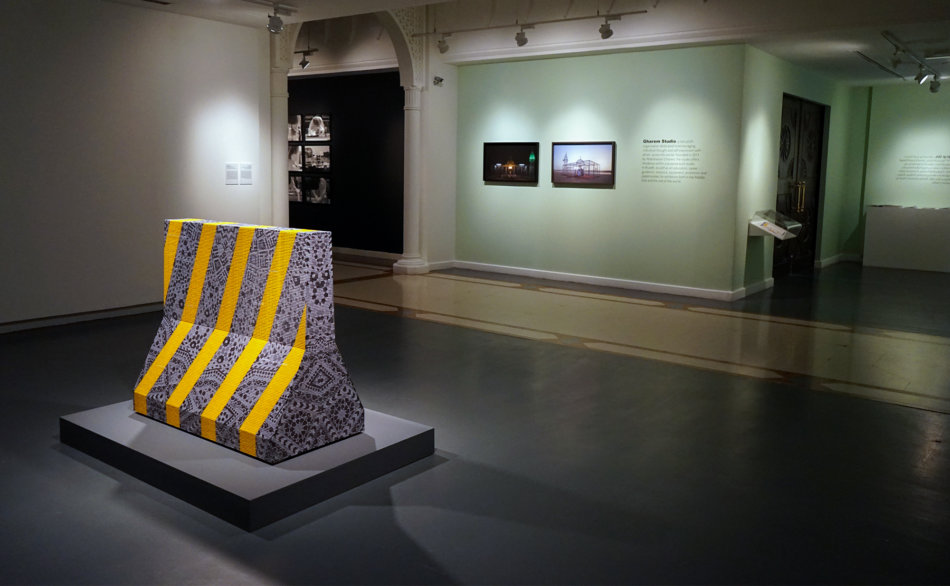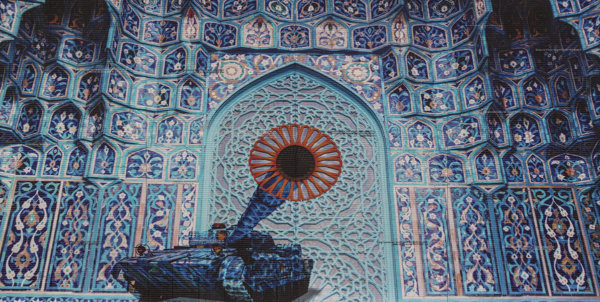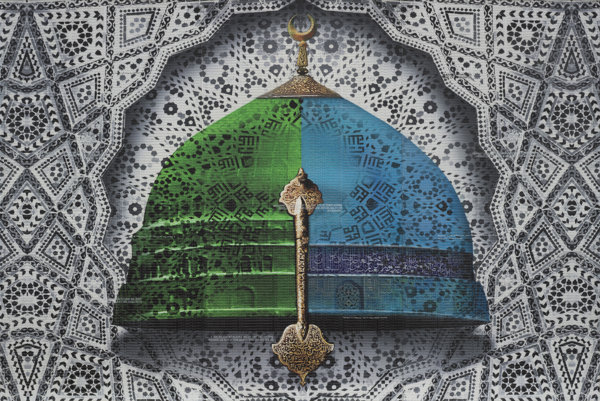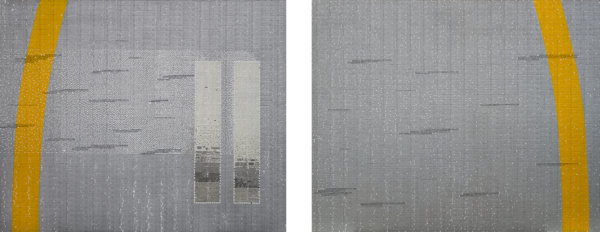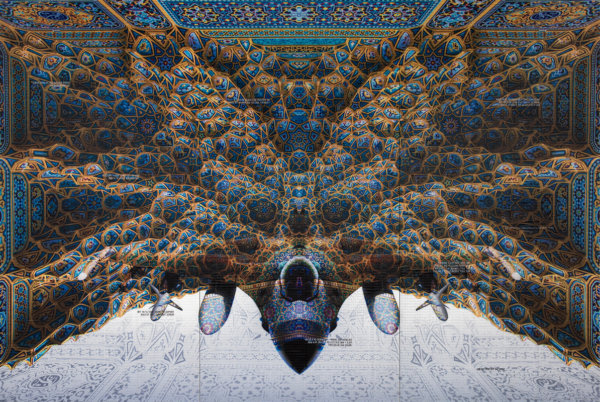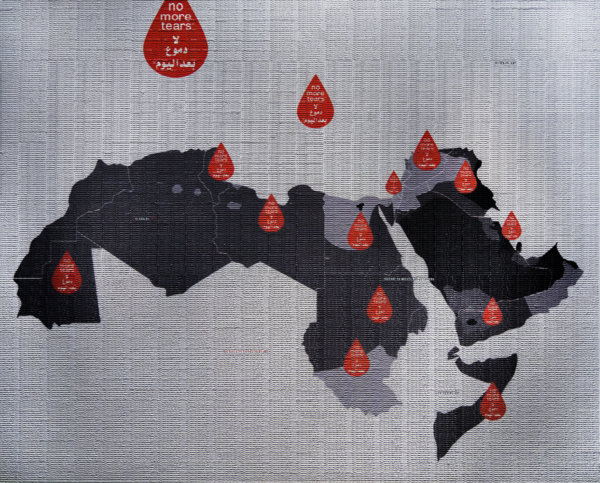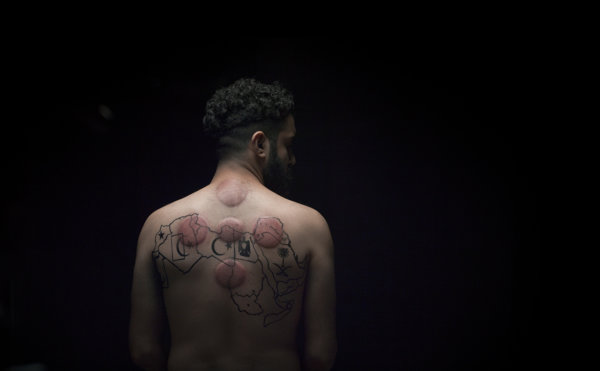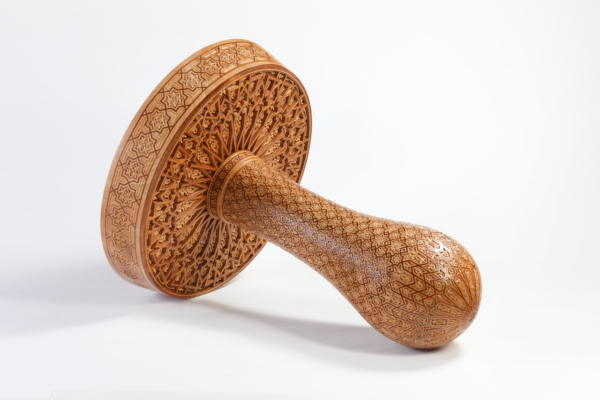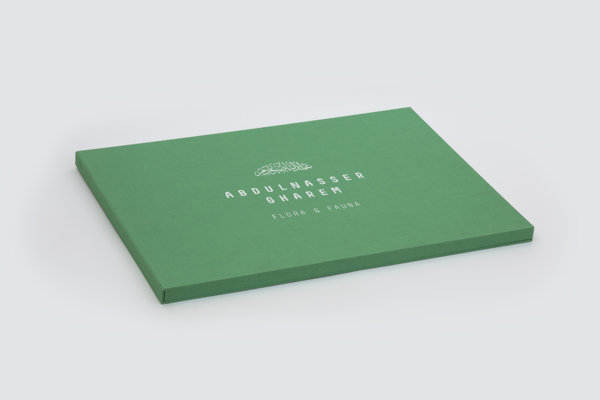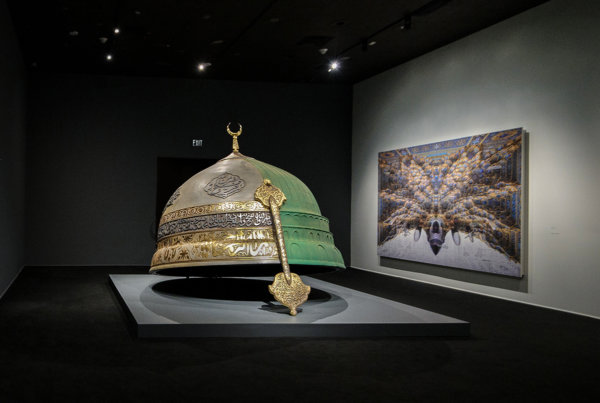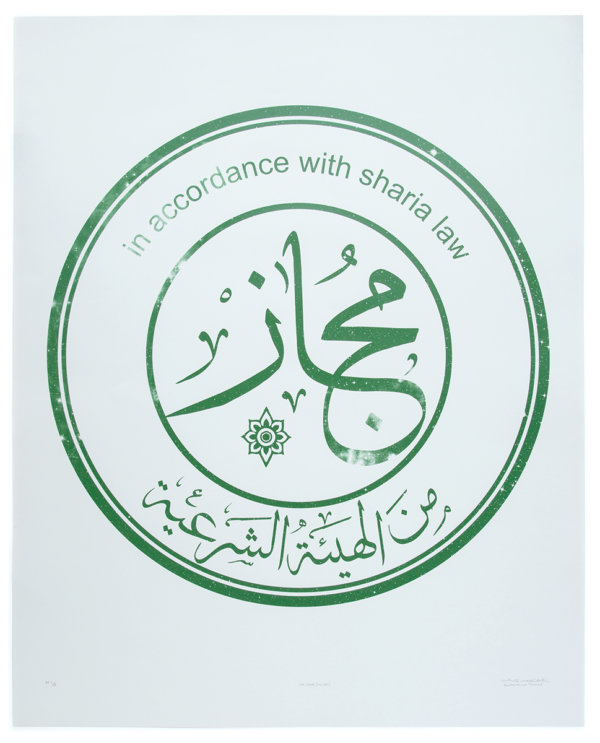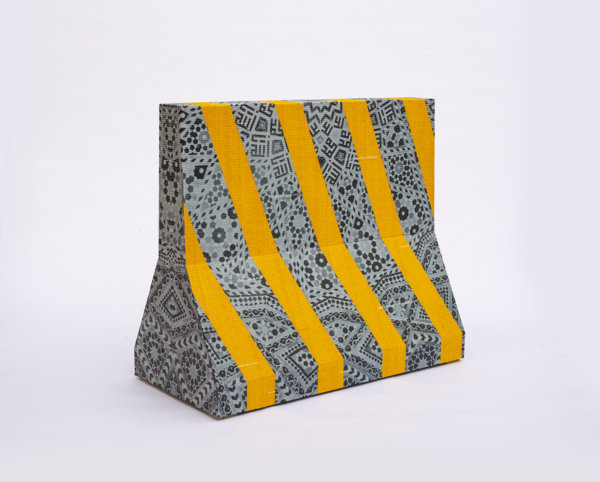Sharjah Art Museum, Sharjah, UAE
26 Sep to 17 Nov, 2018
Artists Heimo Zobernig and Abdulnasser Gharem bring to light subtle qualities of our societies and intricate histories in their work. Through their lens we discover the ways in which architecture has become emblematic of politicised histories, and how the fabric of cities and societies have evolved over time.
Gharem (* 1973, Saudi Arabia) is a conceptual artist who operates in multiple fields, challenging the perception of art and visual culture in his native Saudi Arabia. His work comprises photography, video, performance and sculpture, examining modern-day life. In his performances he playfully uses the street as a canvas to construct a social critique, often by welcoming collaboration and involving the community within his projects. As a former Lieutenant Colonel in the Saudi Arabian Army, themes of control and authority can be felt within this work, as well as a desire to preserve and respect the history upon which traditional art is built. Gharem’s conceptual work not only references his her- itage but is also politically and socially astute.
The work of Zobernig (* 1958, Austria) is structured as an examination and expansion of two of the central tropes of twentieth-century painting: the grid and the monochrome. His riffs on these themes spill over from his paintings—often classically modernist themselves in their square 100×100 or 150×150 cm formats—into sculptures, videos and room installations. Zobernig fundamentally subverts the high modernist ideal of the monochrome, compromising its aesthetic purity with the introduction of the decorative, the functional or the lightly comic. He often uses fabric curtains or light
to create monochromatic environments within which his works are installed. His sculptures, frequently minimal, playful or inquisitive, expand this mono- chrome field.
Heimo Zobernig
Both Gharem and Zobernig challenge existing modes of art practice, with the ultimate goal of pushing the boundaries of how we understand the world. The exhibition Subversive Forms of Social Sculpture confronts us with two parallel modes of viewing: Gharem’s Saudi Arabian perspective and Zobernig’s Austrian references. By bringing them together in the context of an exhibi- tion in the United Arab Emirates, the language of their works is amplified.
The late German artist Joseph Beuys coined the term ‘social sculpture’ to describe how our consciousness can be changed by art and how art can lead to new social behaviour. Beuys’s ‘social sculpture’ is the thread that links these artists and the mantra behind this exhibition. The title Subversive Forms of Social Sculpture encapsulates Gharem and Zobernig’s respective ways of tackling institutional critique in their work, and how their work enables alternative outlooks on their subjects—for Zobernig, this is clear in the formal qualities of his paintings and installations and with Gharem,
in his intricate aestheticised and politicised work. While both artists make use of architectural references, Gharem focusses on society—more specifically that of Saudi Arabia, which he opens up to the world outside using a language of concealment and trompe-l’œil. Zobernig’s work subverts our modernist ideals through confrontations between art and functionality.
By consistently taking to the most diverse forms, he radically intervenes in the consciousness of art. His notion of sculpture is of form itself, as something that can transcend the boundaries of perception.
